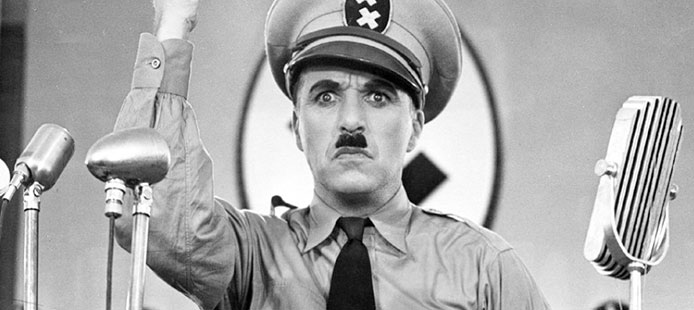
Understanding the distinction between ‘authority’ and ‘leadership’ can deliver real results to the bottom line of any organisation.
In my work, I treat leadership as both a critical business practice and a research discipline. This has led me to the following observation.
The distinction between ‘management’ and ‘leadership’, which was popularised by John Kotter and discussed to death in social media and other forums, is indeed a useful one. However, it is somewhat limited as it only looks at leadership from a functional perspective.
Leadership has long – and sadly for many still is today – been mistaken for authority, influence and power including all its many forms, e.g. legitimate, coercive, expert, informational, reward, connection and referent.
One of the most powerful learnings for organisational members is coming to terms with the distinction between ‘authority’ and ‘leadership’. It truly can have a serious impact on organisational effectiveness and results.
Why is this?
Being aware of the distinction (and responding to it) matters because it provides a way to assess resources and develop your leadership strategy depending upon whether or not you have ‘formal’ authority.
Firstly, leadership is a practice that some individuals exercise, either deliberately or subconsciously, some of the time but not all the time.
Secondly, as leadership occurs in a social context, it is governed by a social contract. Therefore, it is never value free.
An example: no more heroes
Imagine this: what differences in behaviour would you notice when someone operates with the assumption that:
- Leadership is about influencing organisational members to follow the leader’s vision Versus this:
- Leadership entails influencing organisational members to face their problems/challenges.
In scenario 1, influence is the essence of leadership. The leader gets people to accept her/his vision and the organisation/community addresses problems by looking up to her/him. If something goes wrong, it is easy to blame the leader (in sports, naturally, they usually blame the coach).
In scenario 2, problem solving and progress become the measure of leadership. The leader mobilises people to face their problems/challenges and the organisation makes progress on problems and issues₁ because the leader challenges and empowers them. So, if something goes wrong, the responsibility rests with both the leader and the team/organisation thus giving rise to collective (shared or distributed) leadership – the type of leadership that produces collective outcomes.
Collective leadership shifts the focus from the ‘heroic’ type of leadership where the leader is the main protagonist (the ‘lone ranger’ leader) to a ‘post-heroic’ type of leadership. This is what leadership of the future is all about.
In conclusion, the traditional cliché of the superhero, or alpha male leader, who leads the pack is no longer relevant in addressing the dilemmas and adaptive challenges organisations face today, and it will be even less relevant in addressing the consequences of the megatrends organisations will be facing in the future.
Two key questions to consider:
- What type of leadership prevails in your organisation?
- Is there one ultimate leader who runs the show or are there multiple leaders across the organisation?
A leader is best when people barely know he exists, not so good when people obey and acclaim him; worst when they despise him.
Lao Tzu, 630 B.C.
* * * *
₁ Personal communication notes on ‘Adaptive Leadership’ from Ronald Heifetz, Harvard Kennedy School.
=================================================================
Sebastian Salicru (Business Psychologist) | Leadership Development Expert, Executive Coach, Facilitator, Researcher and Author | sss@pts.net.au | www.pts.net.au


